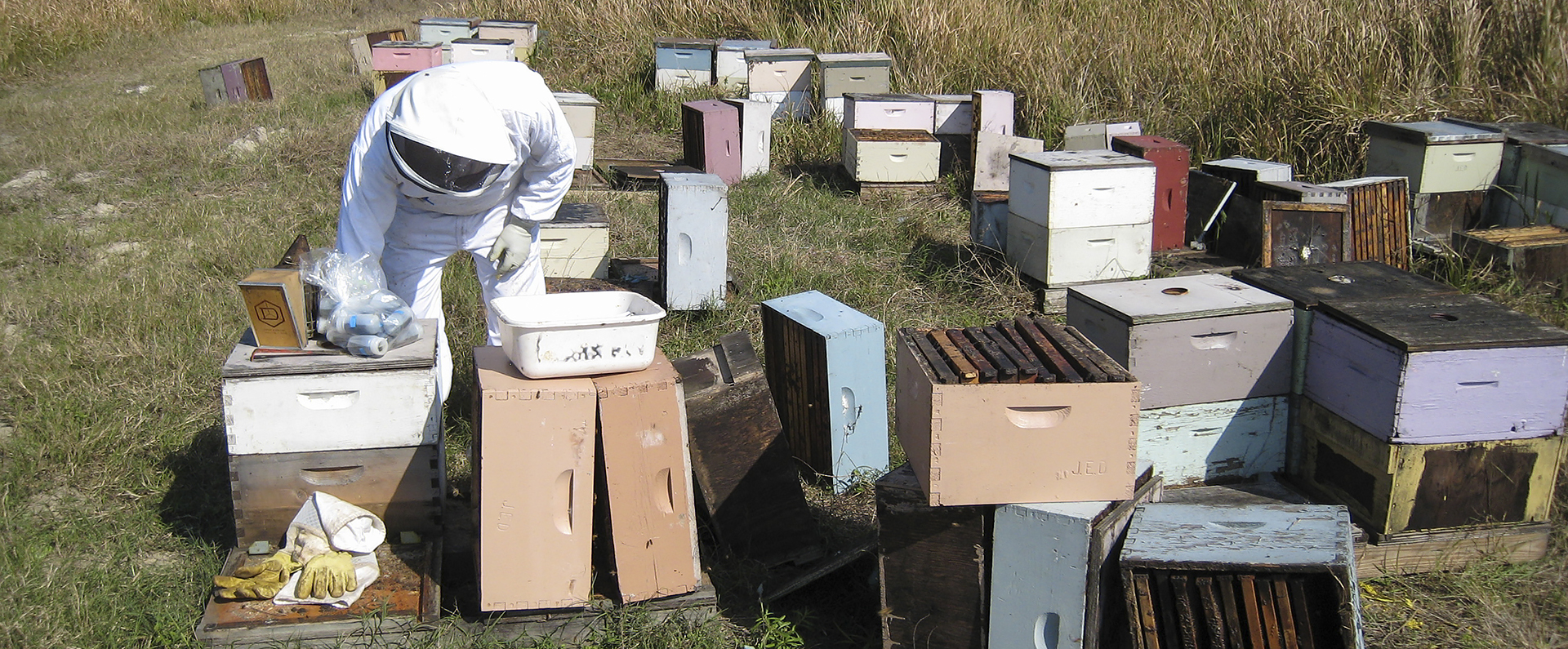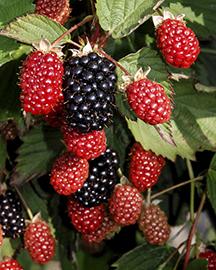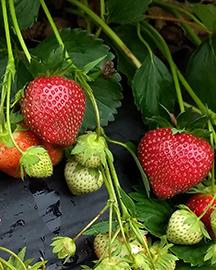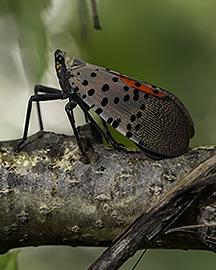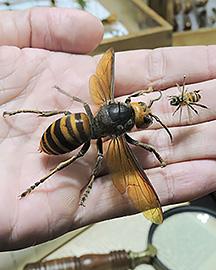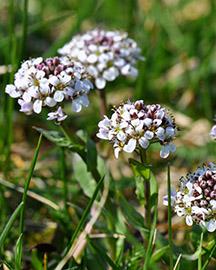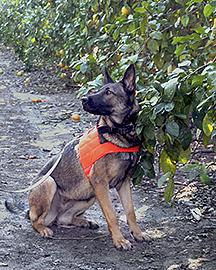Helping Honey Bee Colonies Chill Out
Scientists at the ARS Carl Hayden Bee Research Center in Tucson, AZ, found that putting honey bees into indoor cold storage in October rather than November increases their chances of surviving the winter, and the colonies emerge larger, stronger, and with more young bees. Nearly 2 million bee colonies are needed each February to pollinate U.S. almond crops, so any improvement in bee health translates directly to the beekeeper’s and almond grower’s bottom line.
When indoor cold storage first came into use, colonies were stored in November because the facilities were cooled by outside air. Newer cold-storage facilities have controlled-chilling, allowing for earlier storage. The initial goal was to avoid one last expensive mite-control treatment before storage, but additional benefits were noted: Colony survival rate increased from 76 percent to 82 percent, and the October-stored colonies filled an average of 9.3 frames per colony by early February compared to about 8 frames for November-stored colonies. Colonies with 9 frames or more command a 6-percent higher price for the beekeeper. The team launched a website with the latest information on this research, including a Cold Storage Overwintering Tool.
Related Information
Article: Helping Honey Bees Make It Through Winter With Early Cold Storage; New Website Available


